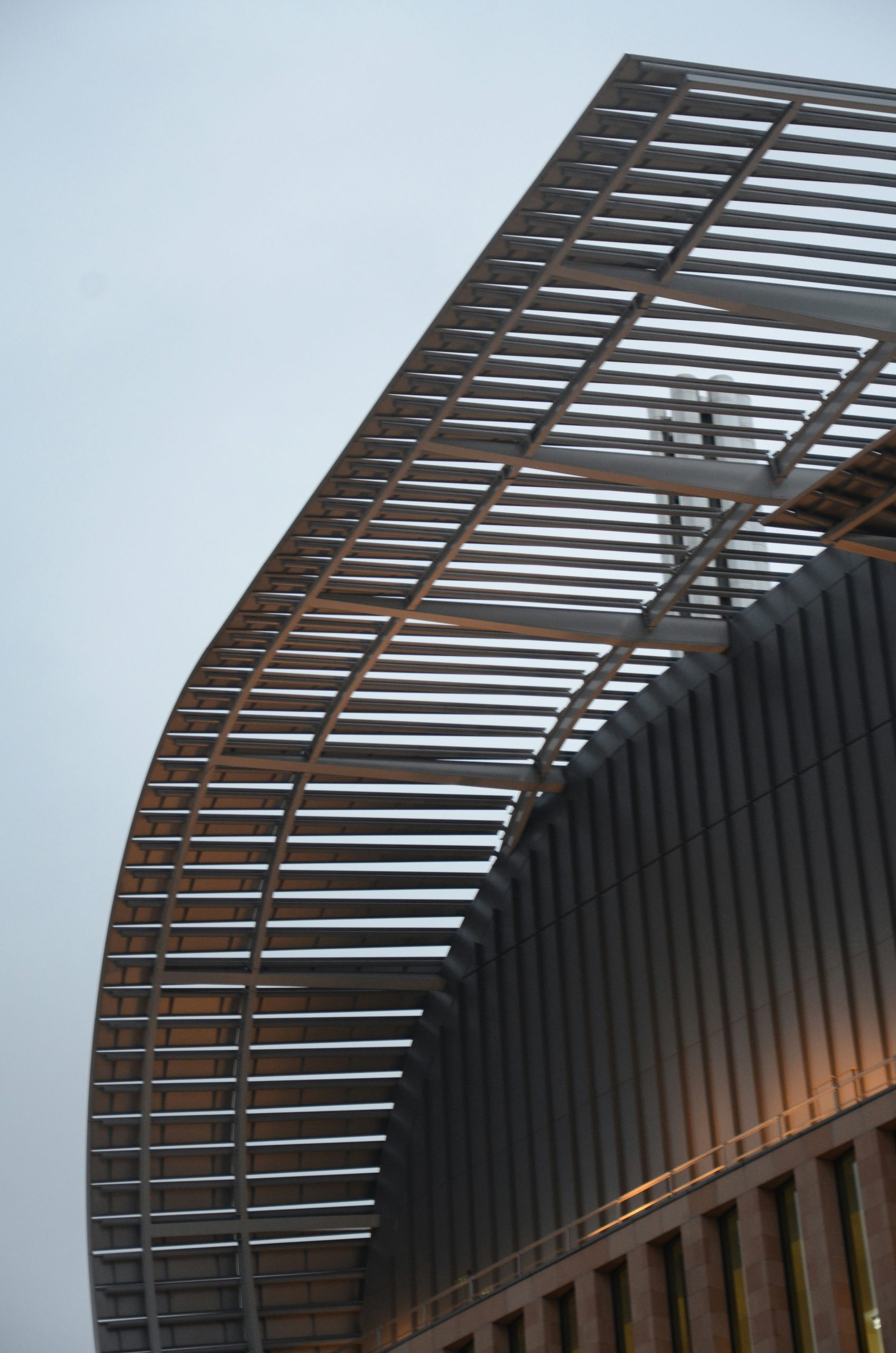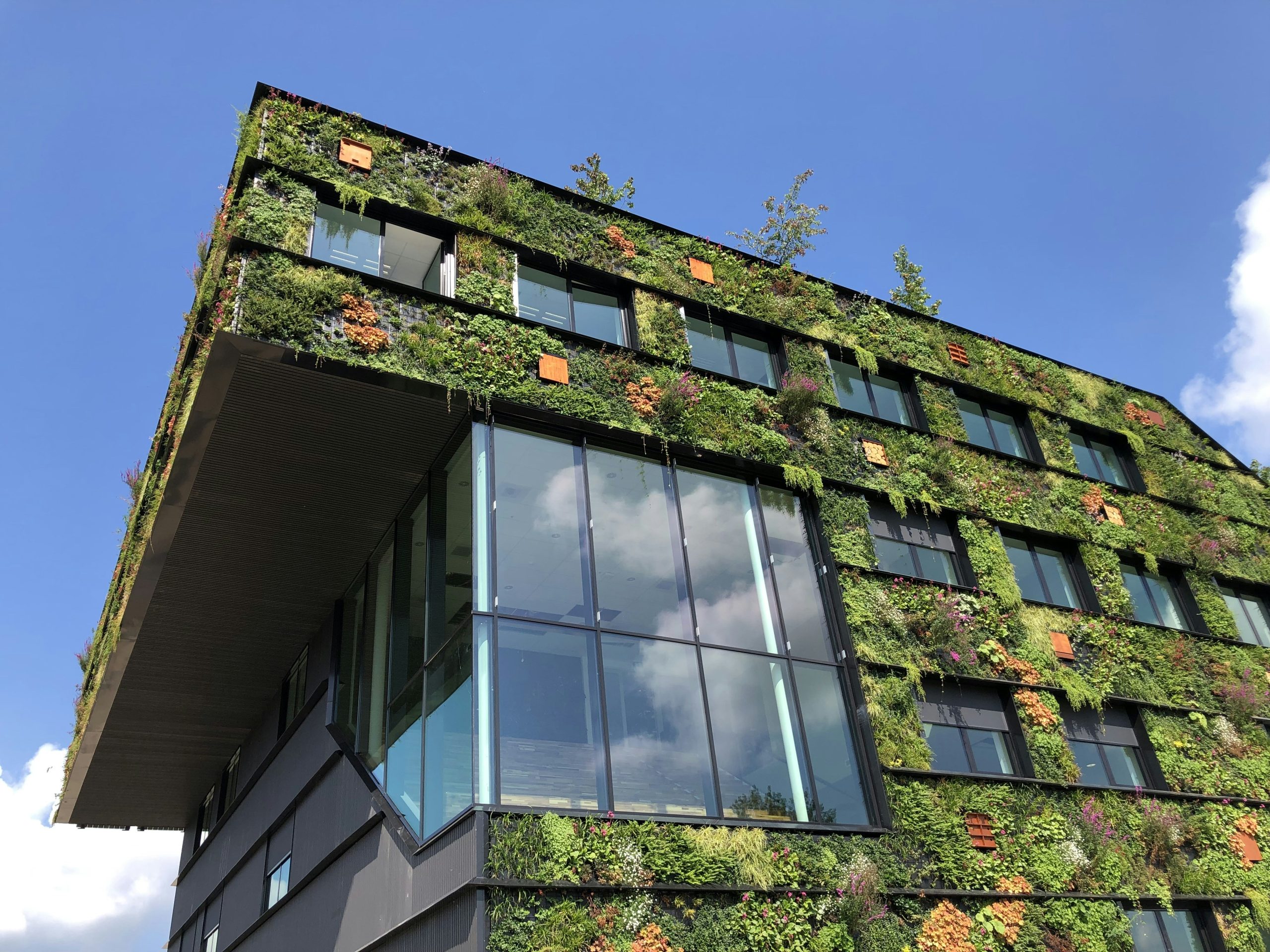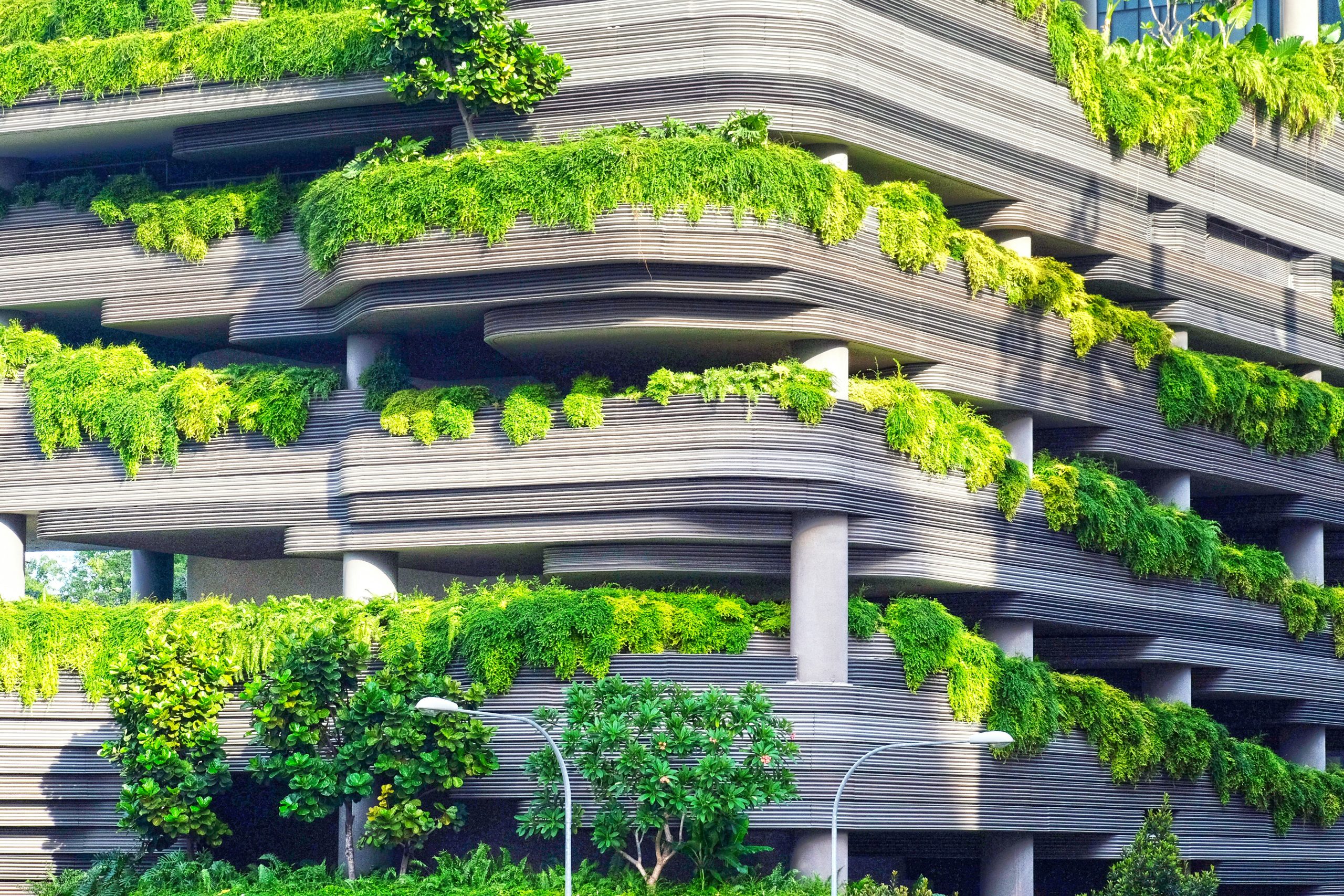In our quest to build a more sustainable future, sustainable architecture emerges as a compelling solution. By integrating energy-efficient designs, utilizing eco-friendly materials, and implementing green technologies, we can significantly cut down on operational expenses. This approach not only benefits our environment but also enhances the economic feasibility for building owners and occupants. Together, let’s explore how adopting sustainable architectural practices can lead to smarter, more cost-effective buildings. Have you ever wondered how sustainable architecture can help us save money on operational costs? It turns out that embracing sustainability isn’t just good for our planet—it’s also an excellent strategy for reducing expenses at home, in the office, and even in public buildings. Let’s dive deep into how sustainable architecture can lead to substantial savings and create a more efficient use of resources.
Understanding Sustainable Architecture
What Is Sustainable Architecture?
Sustainable architecture is all about designing and constructing buildings that use materials, energy, and water more efficiently. It aims to minimize the environmental impact of construction while maximizing the health and comfort of building occupants. But how does it exactly achieve this, and more importantly, how does it save us money?
Key Principles of Sustainable Architecture
There are several key principles that we follow in sustainable architecture. Let’s explore these for a better understanding:
- Energy Efficiency: Using energy-efficient appliances, lighting, and HVAC systems.
- Water Efficiency: Installing water-saving fixtures and utilizing rainwater harvesting systems.
- Material Selection: Choosing sustainable, recycled, or locally sourced materials.
- Waste Minimization: Reducing construction waste through planning and recycling.
- Indoor Environmental Quality: Ensuring proper ventilation and using non-toxic materials.
Each of these principles plays a crucial role in reducing the long-term operational costs of a building.
The Financial Implications
Initial Investment vs. Long-Term Savings
One of the first questions we might ask is about the initial cost. Sustainable architecture often requires a higher upfront investment. However, we need to look at the bigger picture—these investments often lead to significant long-term savings.
| Aspect | Traditional Architecture | Sustainable Architecture |
|---|---|---|
| Initial Cost | Lower | Higher |
| Energy Costs | Higher | Lower |
| Water Costs | Higher | Lower |
| Maintenance Costs | Higher | Lower |
| General Operating Costs | Higher | Lower |
While the initial cost is higher when we opt for sustainable materials and systems, the reduction in ongoing operational costs can be substantial. Let’s delve into the specifics of how these savings manifest.
Energy Efficiency
Sustainable architecture significantly reduces our energy consumption, and here’s how:
Insulation and Ventilation
Proper insulation and ventilation can cut heating and cooling costs by up to 50%. High-quality insulation materials and well-designed ventilation systems maintain more consistent indoor temperatures, reducing the need for additional heating or air conditioning.
Energy-Efficient Appliances
Energy-efficient appliances use less power and therefore incur lower utility bills. Investing in appliances with high energy efficiency ratings, such as Energy Star certified products, reduces both our energy use and operational costs.
Renewable Energy Sources
Employing sustainable architecture often includes the use of renewable energy sources like solar or wind power. While the initial cost for installation can be high, the savings over time are immense, and in some cases, we can even sell excess energy back to the grid.
| Renewable Energy Source | Initial Cost | Maintenance Cost | Annual Saving Potential |
|---|---|---|---|
| Solar Panels | High | Low | High |
| Wind Turbines | High | Low | Medium |
Water Efficiency
Water-efficient systems help us reduce water usage and thus lower utility costs. Let’s look at some common water-saving strategies used in sustainable architecture:
Low-Flow Fixtures
Installing low-flow faucets, showerheads, and toilets can reduce water usage by up to 50% without compromising performance. This can lead to significant annual savings on our water bills.
Rainwater Harvesting
Rainwater harvesting systems allow us to collect and use rainwater for non-potable uses like irrigation or flushing toilets. This reduces our dependency on municipal water supplies, lowering our water bills.

Material Selection and Waste Minimization
Durable and Recycled Materials
Using durable materials that need less frequent replacement and choosing recycled materials can reduce both initial material costs and ongoing maintenance costs.
Reducing Waste
Sustainable construction practices, such as prefabrication and modular construction, generate less waste. This not only lowers the cost associated with waste disposal but also reduces the amount of material we need to purchase.
Indoor Environmental Quality
Improved Health and Productivity
High indoor air quality and ample natural light not only make buildings more comfortable but also reduce health issues and increase productivity. This can lead to savings in terms of fewer sick days and higher workplace efficiency.
Non-Toxic Materials
Using non-toxic materials minimizes exposure to harmful chemicals, reducing long-term health-related costs for occupants.

Case Studies and Real-World Examples
Case Study 1: The Bullitt Center, Seattle
Known as the “greenest commercial building in the world,” the Bullitt Center in Seattle is a prime example of how sustainable architecture can reduce operational costs.
- Energy:
- The building uses 82% less energy than a typical office building.
- It generates its own energy through solar panels.
- Water:
- Harvests and treats rainwater for all its water needs, significantly cutting water utility costs.
- Materials:
- Built with non-toxic, sustainable materials that reduce maintenance costs.
By implementing these practices, the Bullitt Center saves thousands of dollars annually on operational costs.
Case Study 2: One Bryant Park, New York City
One Bryant Park, also known as the Bank of America Tower, is another excellent example.
- Energy:
- Equipped with an on-site cogeneration plant that reduces dependency on external energy sources and cuts down on energy costs.
- Water:
- Utilizes ice-storage air conditioning, which significantly reduces energy consumption.
- Materials:
- Used sustainable construction materials to minimize waste and maintenance costs.
The building has achieved LEED Platinum status and demonstrates significant savings in both energy and water costs.
Overcoming Challenges and Debunking Myths
Myth: Sustainable Architecture Is Too Expensive
While the initial costs can be high, the long-term savings in operational costs can far outweigh the initial investment. Plus, numerous incentives and rebates are available to help offset these costs.
Myth: Sustainability Limits Design Creativity
Contrary to popular belief, sustainable architecture often enhances creativity by encouraging innovative solutions and the use of unique materials and technologies.
Overcoming Initial Cost Barrier
Governments and local authorities often provide financial incentives, grants, and tax rebates to promote sustainable building practices. Taking advantage of these can make the initial investment more manageable.

Steps to Implement Sustainable Architecture
Step 1: Assessment and Planning
Begin with a thorough assessment of the site and existing structures. This includes evaluating energy usage, water usage, and material efficiency.
Step 2: Design and Selection
Work with architects and engineers to design buildings that incorporate sustainable principles. Select materials and systems that optimize energy and water use.
Step 3: Construction and Implementation
During construction, focus on waste reduction and efficient use of materials. Use prefabrication and modular construction techniques where possible.
Step 4: Operation and Maintenance
Once the building is operational, continuously monitor energy and water usage. Implement a maintenance plan that includes regular checks and updates to ensure systems function efficiently.
Step 5: Education and Awareness
Educate occupants about the building’s sustainable features and how to use them efficiently. Awareness is key to maximizing the benefits of sustainable architecture.
Conclusion
So, how can sustainable architecture reduce operational costs? By focusing on energy and water efficiency, using durable and recycled materials, improving indoor environmental quality, and reducing waste, we can achieve significant cost savings. The higher initial investment is often offset by the long-term reductions in utility and maintenance costs. Additionally, the benefits to occupant health and productivity are invaluable.
By adopting sustainable architectural practices, not only do we contribute to environmental conservation, but we also enjoy substantial financial savings. It’s a win-win scenario that makes both economic and ecological sense. So, the next time we plan a building project, let’s think sustainably and smartly. It will pay off in the long run, for our wallets and our world.



